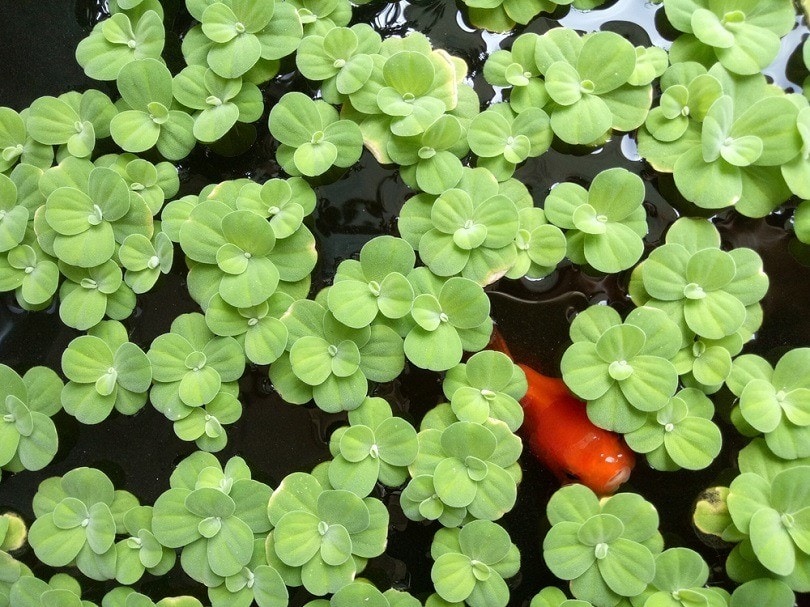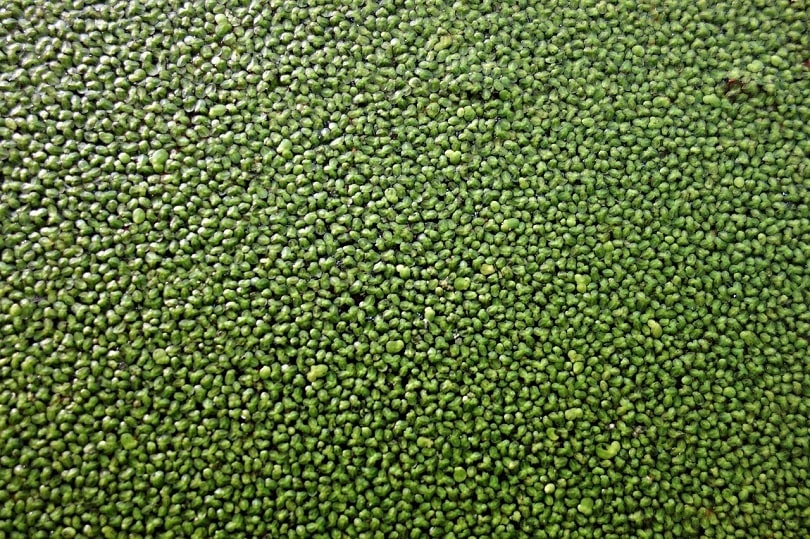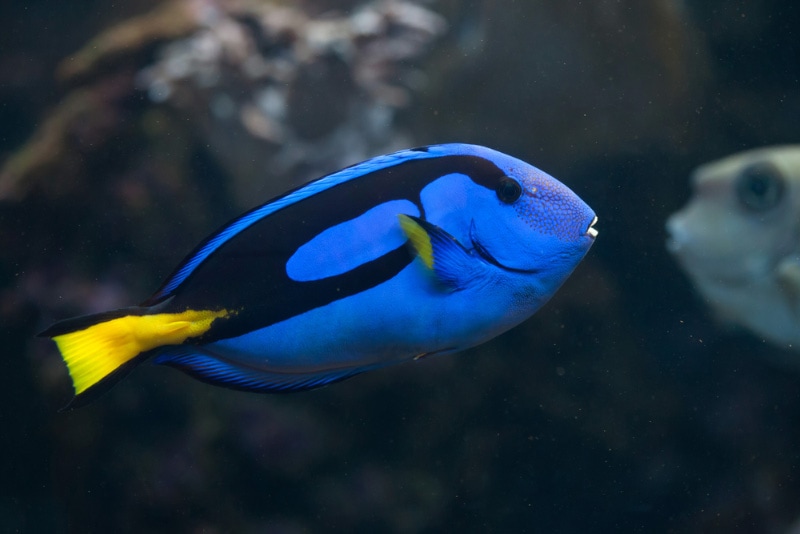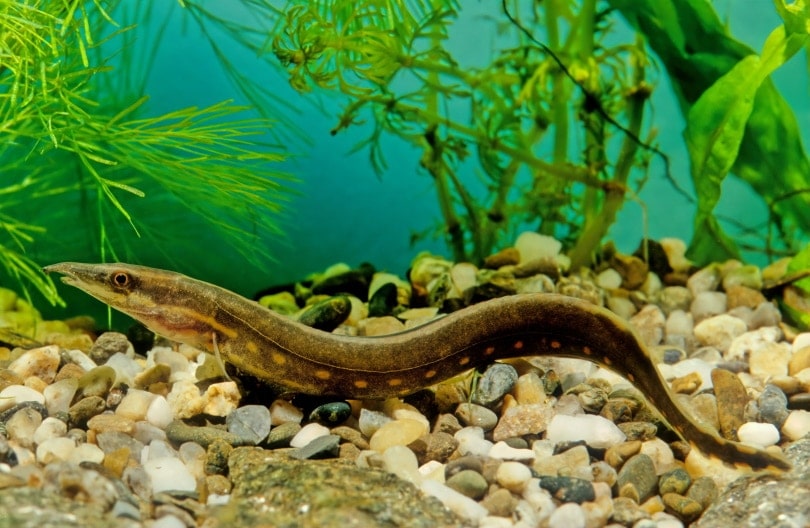How To Grow Duckweed For Feed: 10 Simple Steps

Updated on

Duckweed is a pretty cool plant that grows in many different freshwater environments, usually on top of slow-running waters and stagnant swamps and wetlands. If you did not know, Duckweed is a floating plant, which means that it lives on top of the water’s surface or slightly below the surface.
Duckweed does have little offshoots that gather nutrients from the water, but it is not planted in any kind of substrate. It is a free-floating aquatic plant, one that many different animals love to eat.
Today, we are here to discuss how to grow duckweed for feed. All kinds of animals love to eat it, but it’s not like you can grow it inside of an aquarium with other fish and plants, so you need to grow it separately. How is this done?
 Feeding Animals & Duckweed
Feeding Animals & Duckweed
Since we are discussing how to grow duckweed for feed, you might be wondering exactly which animals eat this stuff. Well, as a little hint, just look at the name of it.
Ducks love to eat this particular aquatic plant, probably because it is easily accessible from the top of the water. There is usually lots of it, it tastes good, and is full of nutrients.
Yes, you might be looking to grow duckweed to feed your ducks, but many other creatures like to eat this plant. So, which animals can you grow duckweed for with the intent of feeding it to them?
Since our knowledge is primarily based on aquariums here, the main point to remember is that a lot of fish do like to eat duckweed.
- Ducks
- Mallards
- Geese
- Grass carp
- Koi
- Other freshwater fish
- Pond snails
- Painted turtles
- Beavers

 How to Grow Duckweed For Feed
How to Grow Duckweed For Feed
There are quite a few things that you need to know about growing duckweed if you want to feed it to a variety of your pets. It is not all that hard, but having as much information as possible helps.
This stuff might grow wildly out in nature, but that is because the conditions are right. With these tips and tricks, you can easily grow duckweed at home on your own.
Some people do like to grow duckweed directly in an aquarium with other fish, but we think that this causes way too many problems in terms of creating a habitable environment for the duckweed and the fish.
- Step One: You need to find yourself a smaller pond, a stagnant water surface, or even just some large buckets that can easily hold water. Remember, duckweed grows on slow-moving or preferably stagnant waters, so you need to have a place where there is lots of water but minimal movement. A small pond or some big plastic buckets will do just fine.
- Step Two: You will need to buy some duckweed if there is none present already. Simply go out, buy some ready duckweed, and place it in the pond. Depending on how much duckweed you want to grow, how much you need, and how long you want to spend growing it, you might want to buy more than one.
- Step Three: You might be able to find some duckweed in the wild, but you need to make sure that it is healthy and does not contain diseases or else you could jeopardize the whole operation.
- Step Four: While duckweed can reproduce sexually through seeding when called upon, it usually reproduces asexually, so you do not need to worry about propagation or cutting off offshoots. It will grow all on its own. However, you can make the process faster by propagating it, thus resulting in more growth over a longer period.
- Step Five: One of the most important things to remember is that, just like all other plants out there, duckweed requires a certain amount of nutrients to thrive. These nutrients include nitrogen, phosphorus, potash, and other micronutrients. Ammonia and animal waste, due to the release of nitrogen, are both things that are great for duckweed growth.
- Step Six: You can choose to add straight plant nutrients to the water if you like. You can also get a solid form of manure, animal waste, or any other substance, which releases nitrogen into the water. To do this, take the solid substance, put it in a bag that is not watertight, such as a mesh bag, and drop it into the water to ensure a steady release of nitrogen.
- Step Seven: You want to make sure that the pH level of the water is right. Duckweed needs the water to have a pH level between 6.0 and 7.5. Monitor the water daily to ensure that the pH does not fluctuate above or below that level. You should aim to keep it somewhere between 6.5 and 7.0 for the best results (we have covered guides on lowering pH levels over at this article and increasing pH levels which you can find here).
- Step Eight: Try to make sure that there is no (or minimal) algae present in the water, as this causes the pH level to be adversely affected. Plus, the algae will use up valuable nutrients needed by the duckweed.
- Step Nine: At the same time, you need to make sure that the water temperature never goes below 50 degrees Fahrenheit and never exceeds 90 degrees Fahrenheit. If it is too hot or too cold, it will not grow well and will probably die.
- Step Ten: When harvesting duckweed, you should not remove too much at once. Try to leave around 2 pounds of it on the water’s surface to discourage algae growth and to make sure that it can multiply and grow back quickly. You don’t want to remove all of the duckweed that is ready at once because it can put your whole operation in jeopardy.
 Final Thoughts
Final Thoughts
When it comes to growing duckweed for feed, make sure that you are using nutrients that will not cause harm to your fish or animals when feeding it to them. This is probably the most important thing to remember. Other than that, growing duckweed for feed is not all that hard. Plus, it is quite rewarding!
Related Reads:
Feature Image Credit: Sorakrai Tangnoi, Shutterstock
 Feeding Animals & Duckweed
Feeding Animals & Duckweed How to Grow Duckweed For Feed
How to Grow Duckweed For Feed








